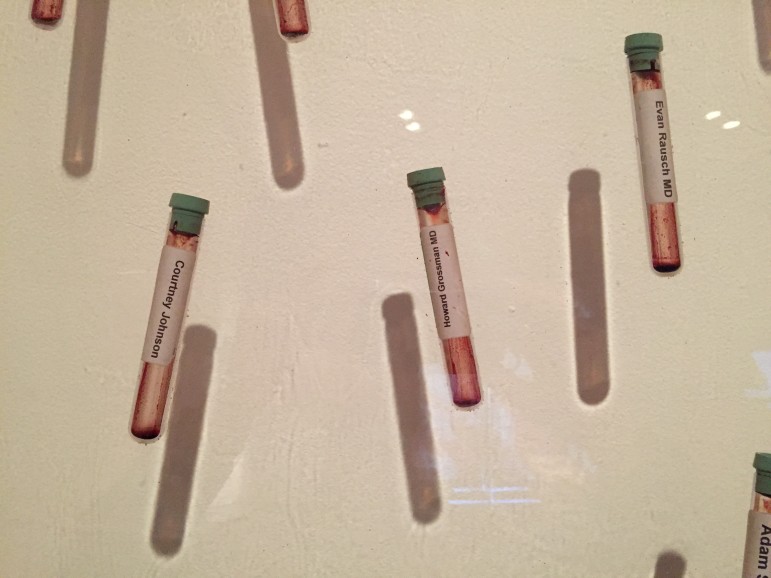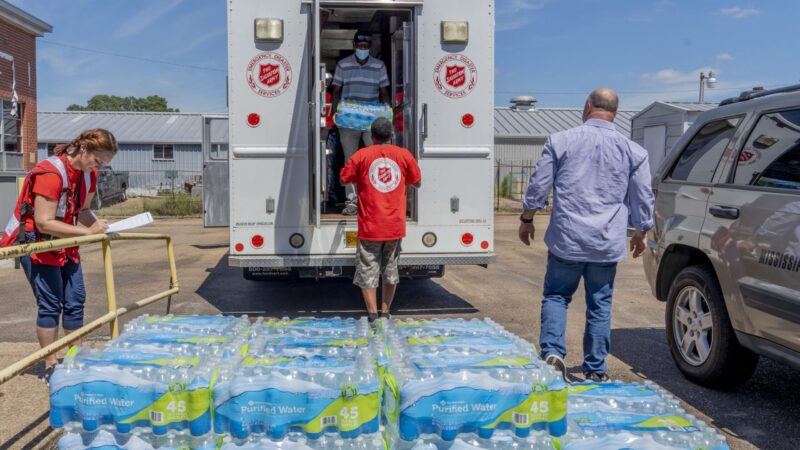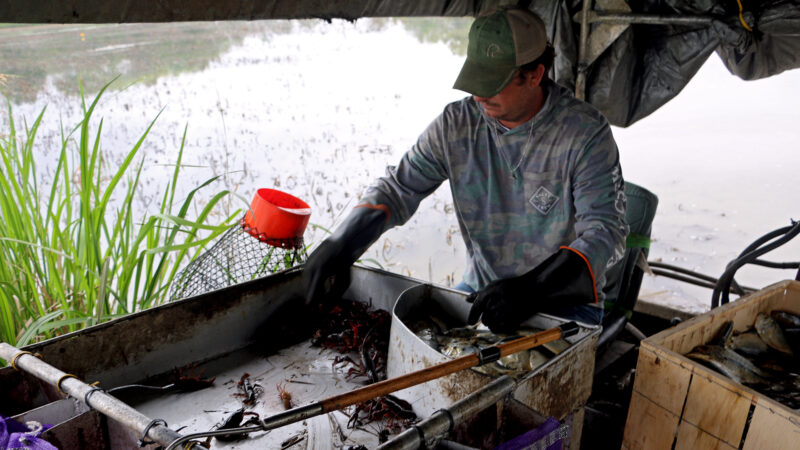Gay Men Blood Donors Not as Risky as Once Thought, Researchers Say
For decades, many gay men have been prohibited from donating blood. They were considered high-risk during the AIDS epidemic back in the 1980s. As of two years ago, they can donate if they’ve abstained from sex for a year, but many researchers say that’s unrealistic and unnecessary. Michael Saag, author and director of UAB’s Center for AIDS Research, tells WBHM’s Dan Carsen that testing is now much more sophisticated, so the FDA rules about who can donate blood should be less restrictive. Here are some highlights.
Heterosexuals Can Be Infected Too
“One possible rule change would be, let’s not think about who’s gay or straight; let’s just say any human being that is coming in to donate blood, if they have had sex with a person of unknown status in an unprotected sexual activity where they could have become infected in the last 30 days, they should defer donation and have them come back when they haven’t had such an exposure.”
Effects Beyond Discrimination
The current rules exclude an estimated 600,000 units of blood per year. The total U.S. yearly supply is about 13.6 million. Saag says, “With blood shortages coming and going, it would be nice to have as many donors and have that 600,000 units of blood safely available for us when we need it. Think Las Vegas, or think Houston with the hurricane. There can be all kinds of catastrophes where blood is needed. We want as much as we can.”
The Big Picture
“Every HIV provider and every HIV expert that I know are totally comfortable with changing the rules for blood donation for uninfected gay men, mostly because of a human rights issue and anti-discrimination … You want to discriminate if you’re protecting the population, but once you don’t have a compelling reason to keep a rule in place like this, then it’s only discriminatory and I don’t think anybody wants to discriminate in a situation that we know otherwise it’s going to be safe.”
Dr. Saag on whether politics and scientific illiteracy play into barriers to gay men giving blood:
Saag on what motivates him to do this work:
Saag on the state of the fight against HIV in Alabama:
Alabama’s racial, ethnic health disparities are ‘more severe’ than other states, report says
Data from the Commonwealth Fund show that the quality of care people receive and their health outcomes worsened because of the COVID-19 pandemic.
What’s your favorite thing about Alabama?
That's the question we put to those at our recent News and Brews community pop-ups at Hop City and Saturn in Birmingham.
Q&A: A former New Orleans police chief says it’s time the U.S. changes its marijuana policy
Ronal Serpas is one of 32 law enforcement leaders who signed a letter sent to President Biden in support of moving marijuana to a Schedule III drug.
How food stamps could play a key role in fixing Jackson’s broken water system
JXN Water's affordability plan aims to raise much-needed revenue while offering discounts to customers in need, but it is currently tied up in court.
Alabama mine cited for federal safety violations since home explosion led to grandfather’s death, grandson’s injuries
Following a home explosion that killed one and critically injured another, residents want to know more about the mine under their community. So far, their questions have largely gone unanswered.
Crawfish prices are finally dropping, but farmers and fishers are still struggling
Last year’s devastating drought in Louisiana killed off large crops of crawfish, leading to a tough season for farmers, fishers and seafood lovers.








